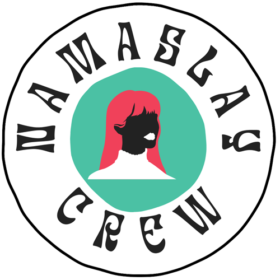Apothecary for Beginners
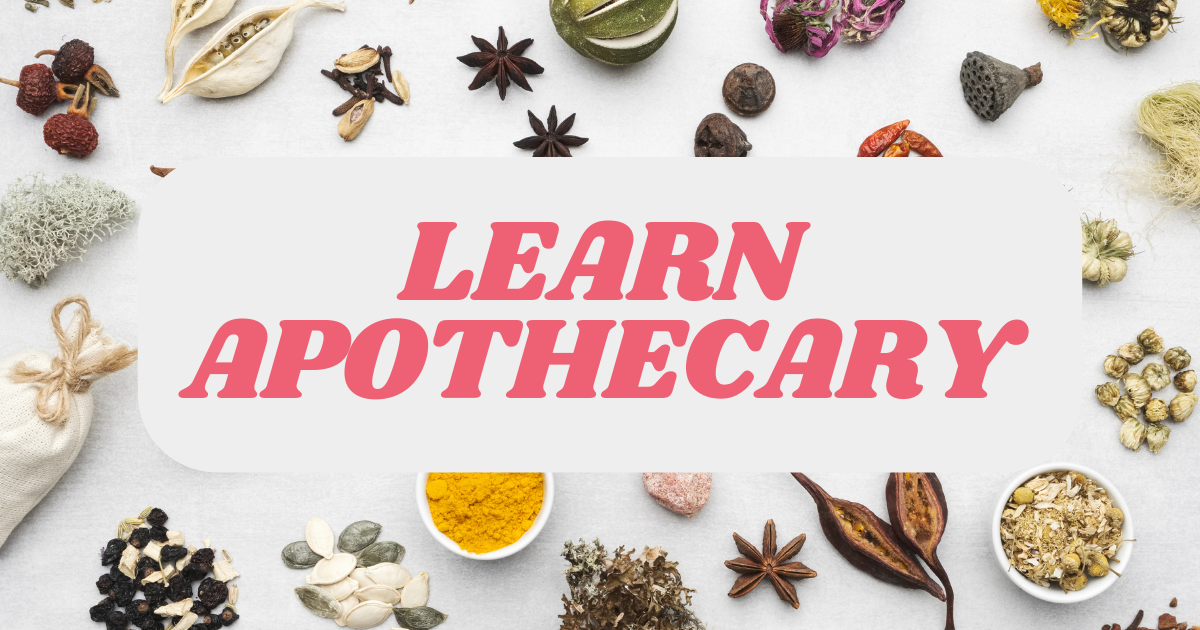
Apothecary for Beginners
When you think of the idea of an apothecary, there are probably a few different images that come to mind. You might see an old crone in the forest, surrounded by herbs hanging from the low rafters and jars of unknown concoctions. You might also imagine an old-world storefront where you could pick up the cure for a rash on your arm, your stomach troubles, and a host of other materia medica. However, both of these are ideas from days gone by.
The modern Apothecary is a personalized, at-home practice of wellness and abundance that often goes hand in hand with pagan traditions and naturopathic medicine. I read a book once called The Lost Apothecary by Sarah Penner (at Amazon) and it made me want to make my own apothecary!
Keep reading to learn more about Apothecary and how you can set up your very own.
A Brief History of Apothecary
Interestingly enough, the term apothecary actually refers to the practitioner, as opposed to the practice. However, as with many words, it evolved over time and now the capitalized Apothecary refers to the shops within which the medicines are sold. Today, pharmacists and chemists are what apothecaries once were. While the first apothecaries date back to at least 2600 BCE in ancient Babylon, other ancient records appear in China, India, Egypt, and Baghdad.
During the Italian Renaissance, apothecaries were frequently Italian nuns who gained new healing skills. Later, during the 1400s and 1500s, apothecaries were trusted medical professionals who treated a variety of patient ailments. Eventually, though, a rivalry grew between apothecaries and their medical professional contemporaries.
Over time, apothecaries lost their position as medical practitioners and became more like pharmacists, distributing medicine and other small goods. Apothecaries were typically women, and this meant that women had the ability to work within the medical field at an early time when other women couldn’t do so. While not a perfect system, this was the earliest known instance of women as healers and healthcare professionals.
What Do You Need to Start an Apothecary?
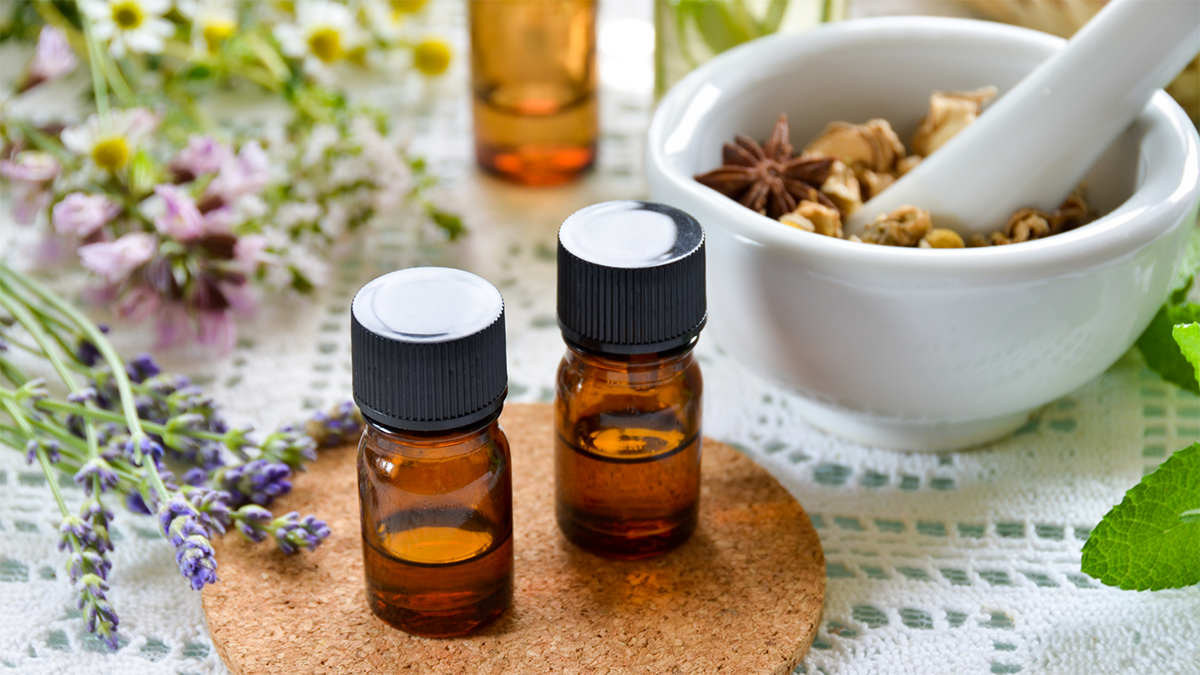
To create your own in-home Apothecary – a stash of natural medicines and remedies for you and your loved ones – a few simple items are all you need. These items will help you accomplish your goals of creating the most common forms of remedies, including tinctures, salves, and more. In addition, you can store not only your herbs but your creations as well. Come on now, let’s get witchy!
Collect the following items:
Double boiler
If you don’t want to invest in a double boiler, you can also use a home method with a saucepan and a heat-safe bowl. You can customize the size of your saucepan and bowl to suit the size of the project you’re creating.
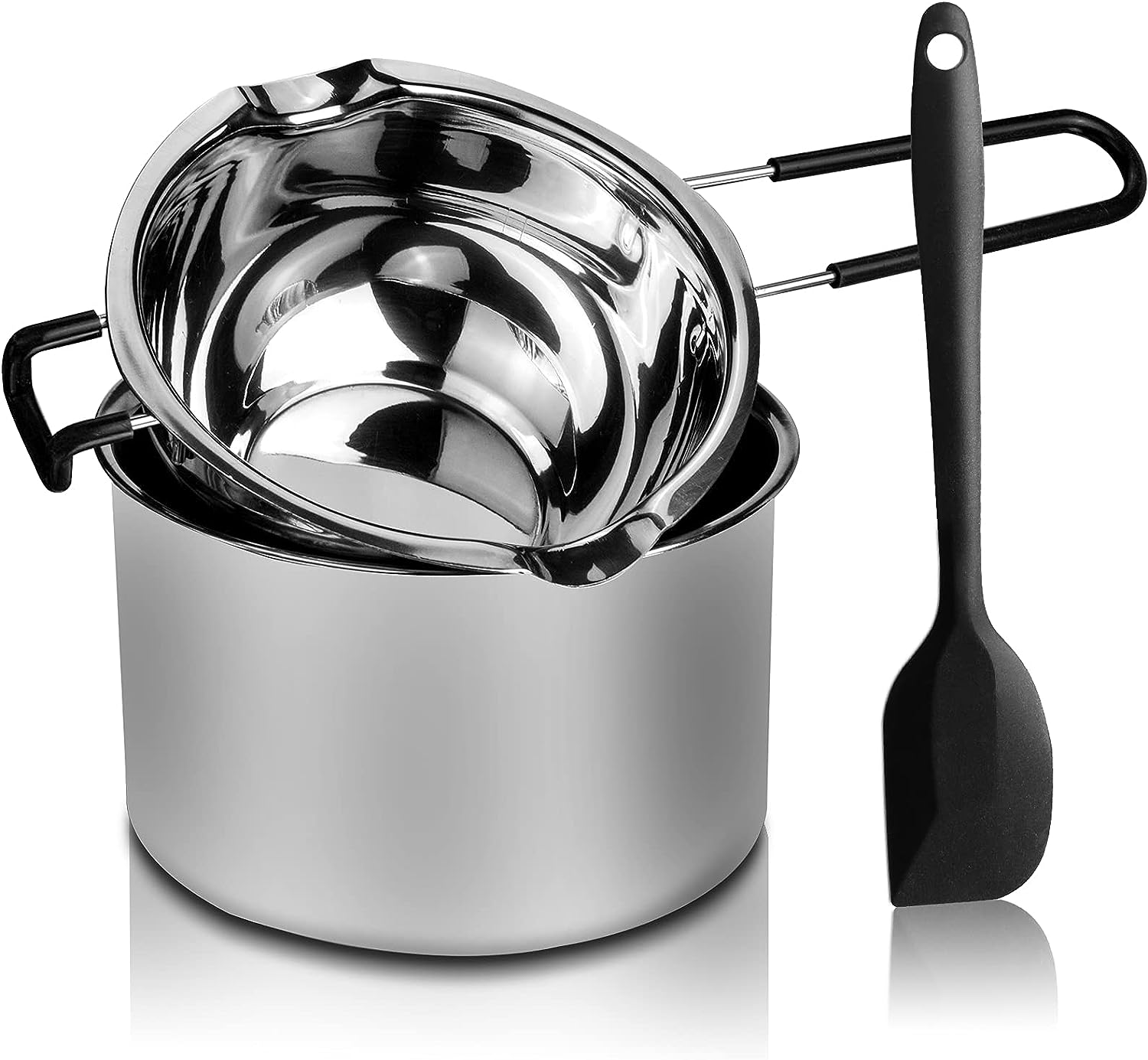
Fine mesh strainer
You need a fine mesh strainer to remove larger particles before consuming potential mixtures.
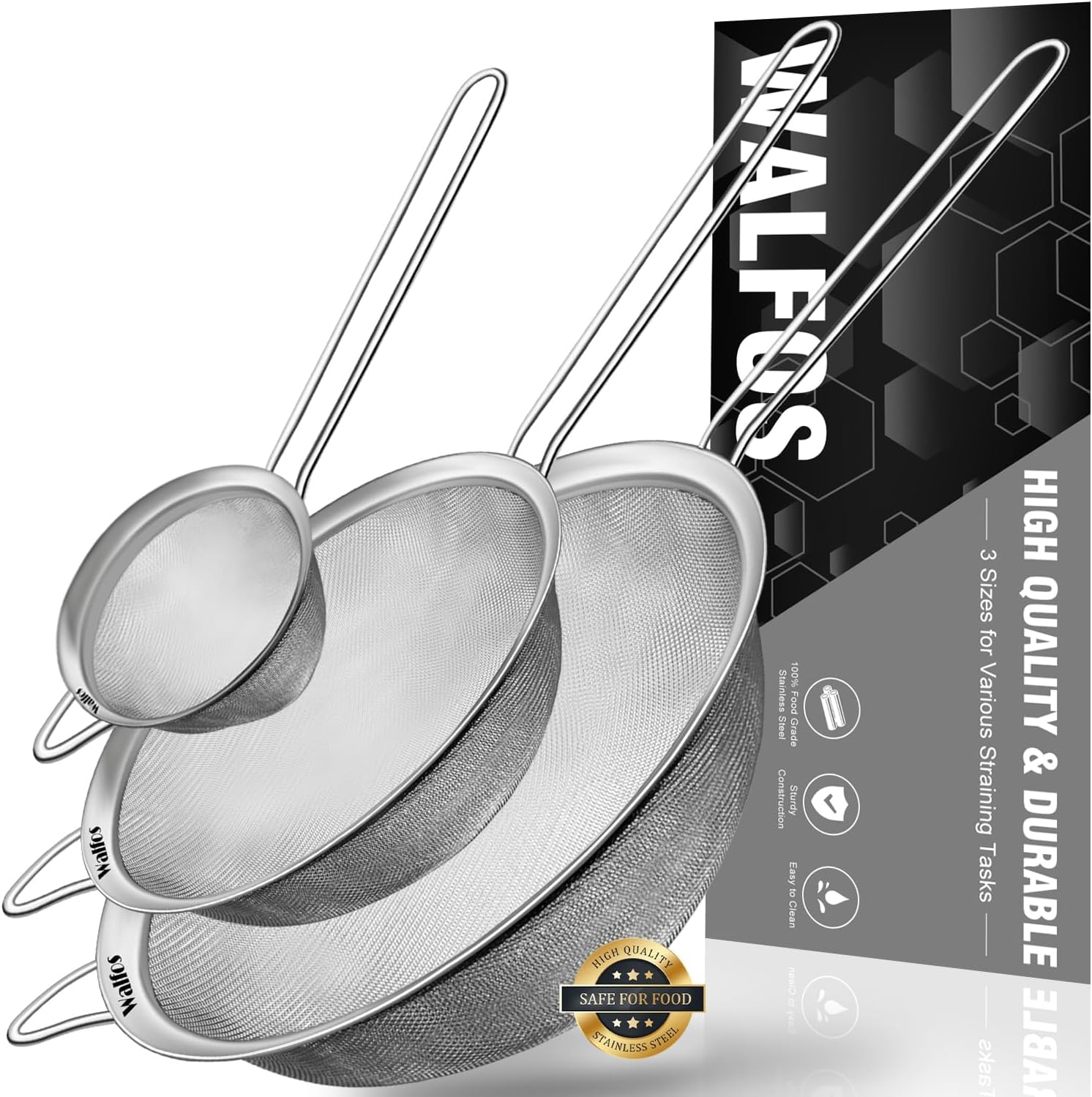
Measuring spoons and cups
These tools help to ensure your recipes stay consistent as you follow our suggestions or start creating your own.
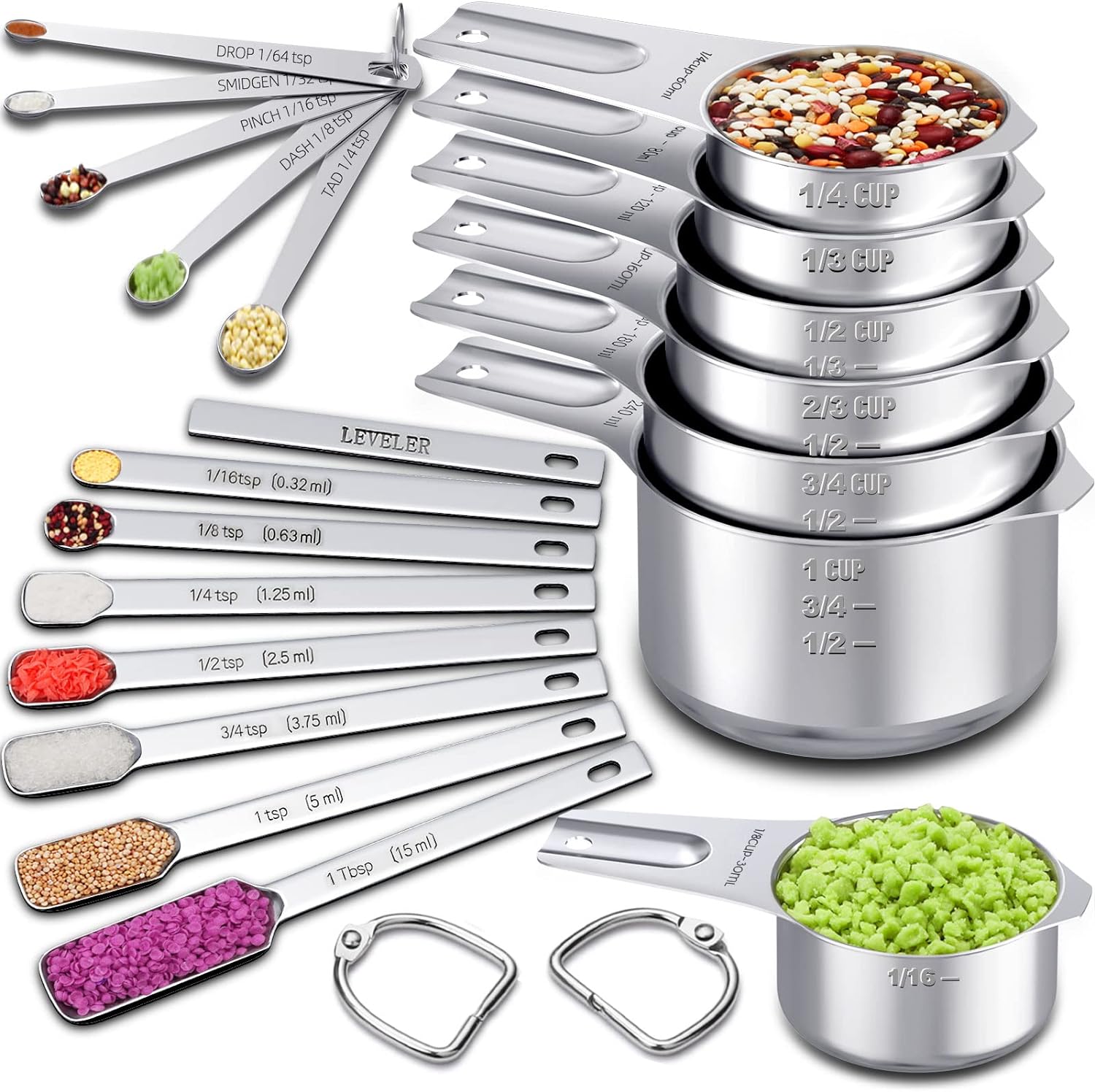
Funnels of varying sizes
Really, you can make do with one small/medium-sized funnel. This helps you move dry ingredients and mixtures from one container to another without spilling.

Cheesecloth
This also helps to strain your mixtures, particularly when you’re dealing with very small ingredients.
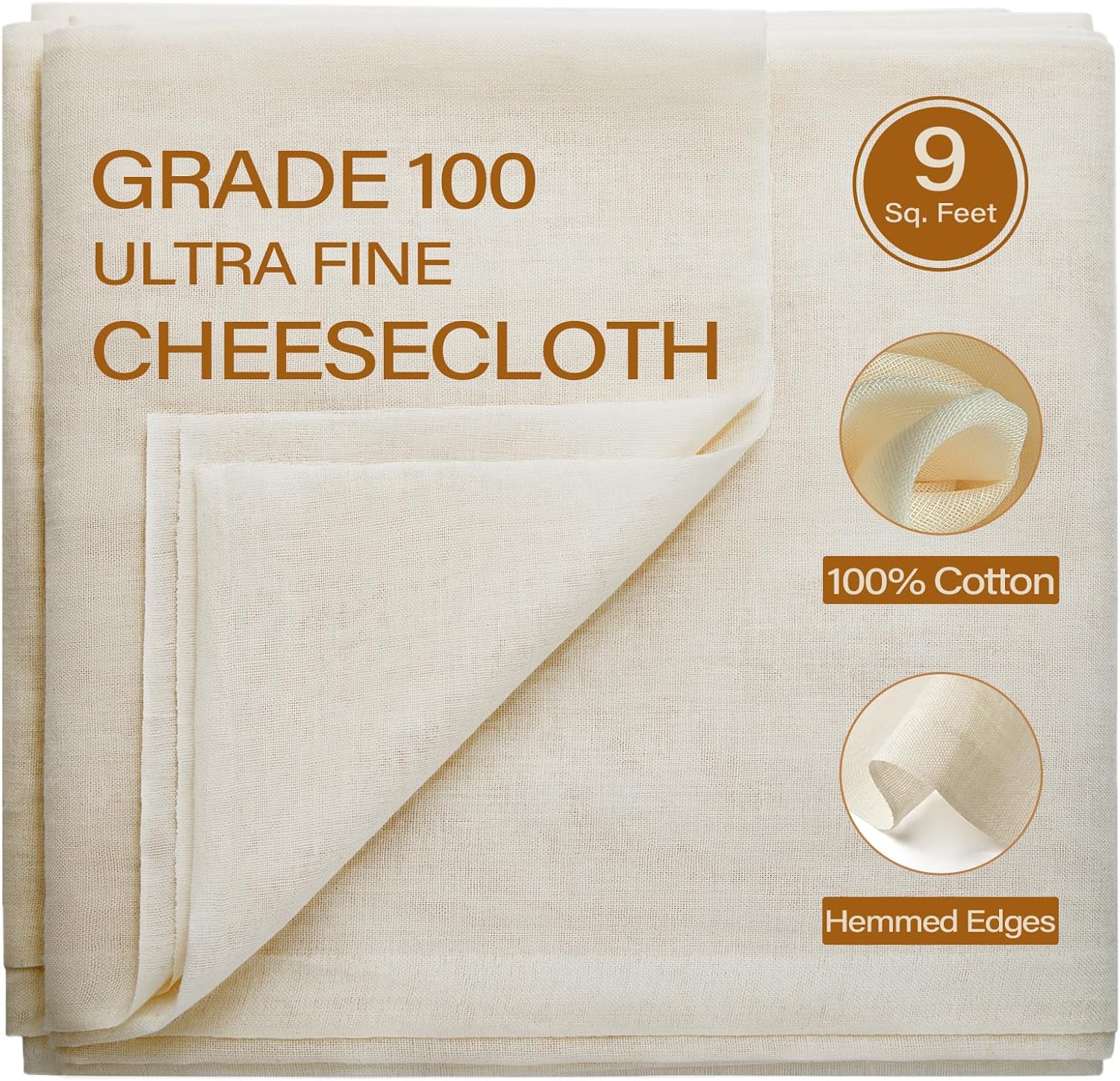
Grater
You don’t have to have a special grater aside from what’s already in your kitchen; just be sure to clean it well between uses.
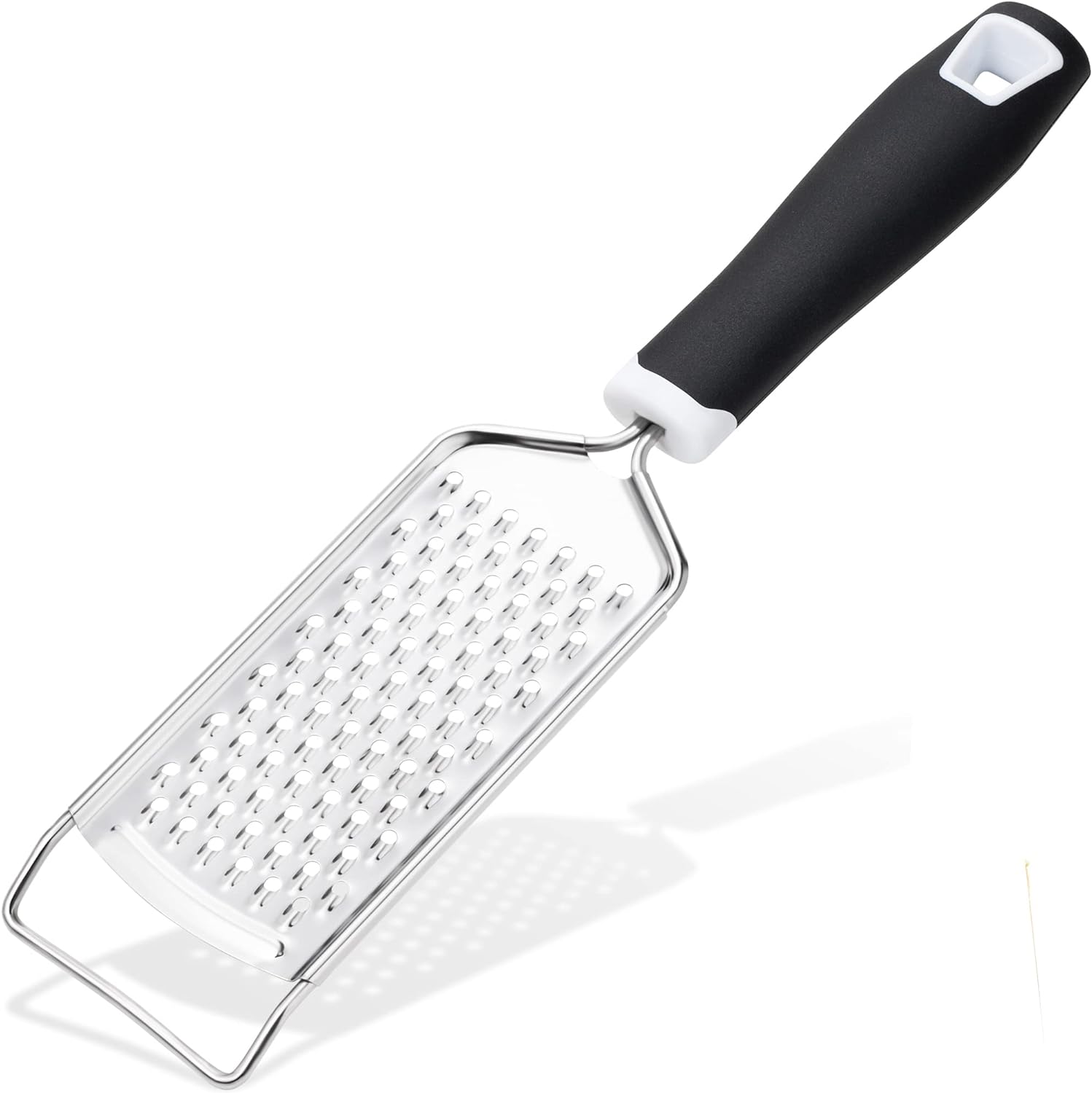
Coffee grinder
Some ingredients need to be ground up, and a coffee grinder can help to create a fine grind.

Mortar and pestle
These tools can help you get a very fine grind on different ingredients.
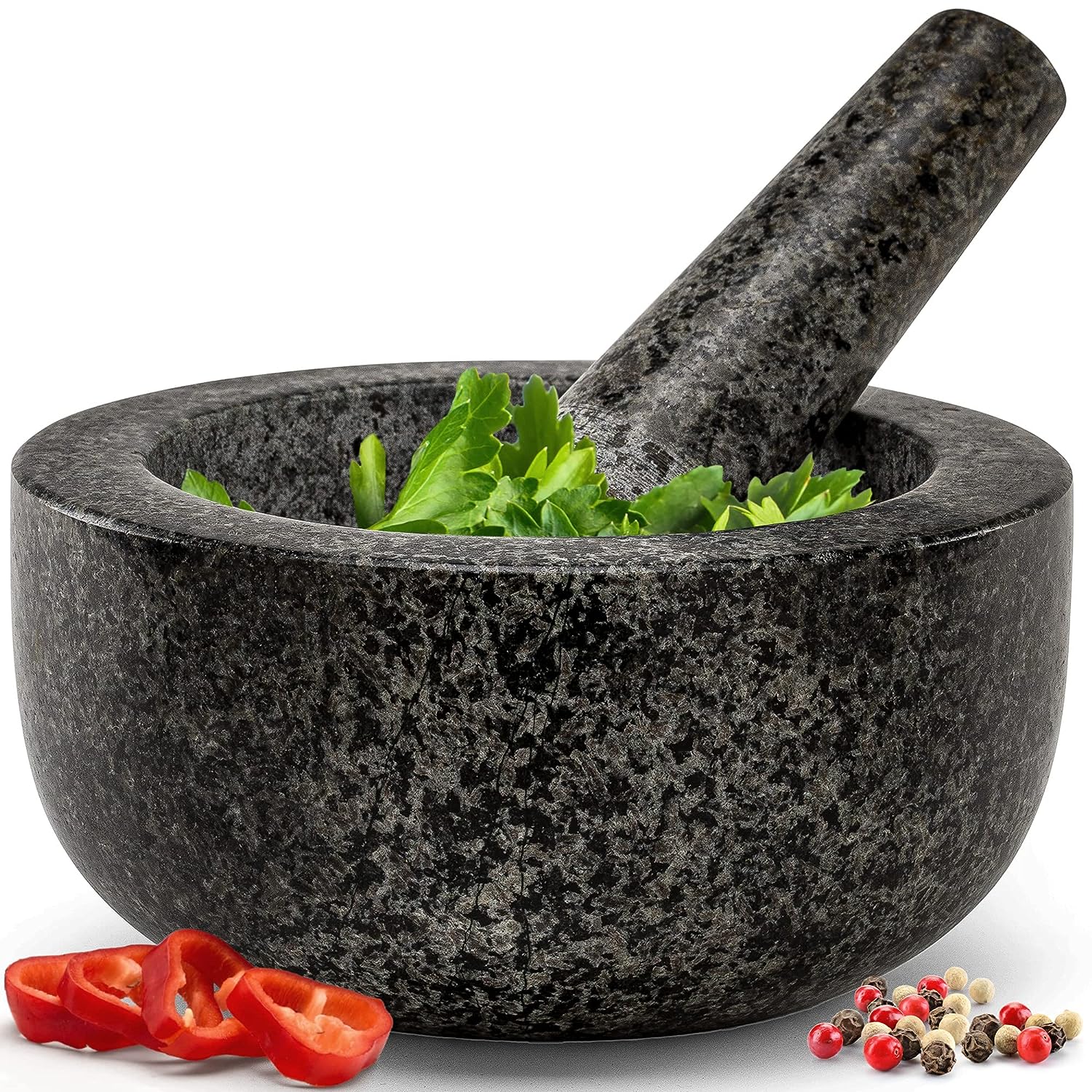
Clear and colored glass bottles
These bottles are for the storage of both ingredients and concoctions. Some ingredients and creations will need to be placed in colored jars to protect them from sun exposure.
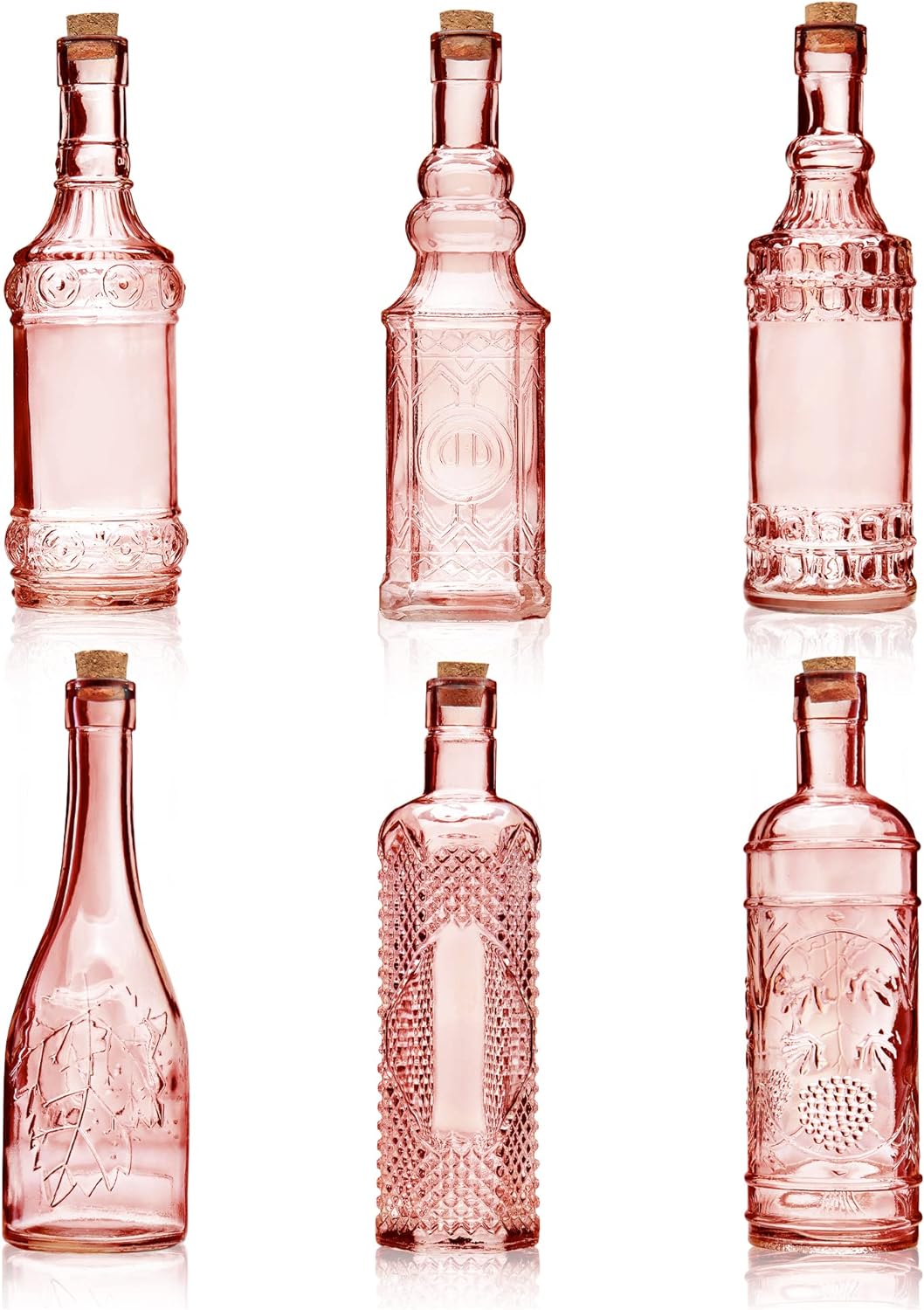
Tin jars
These are also for storage. You may have to experiment to see what storage options work best for your needs

Labels
Be sure to label everything you gather and make. While you may be able to remember things, it’s safer to utilize labels.
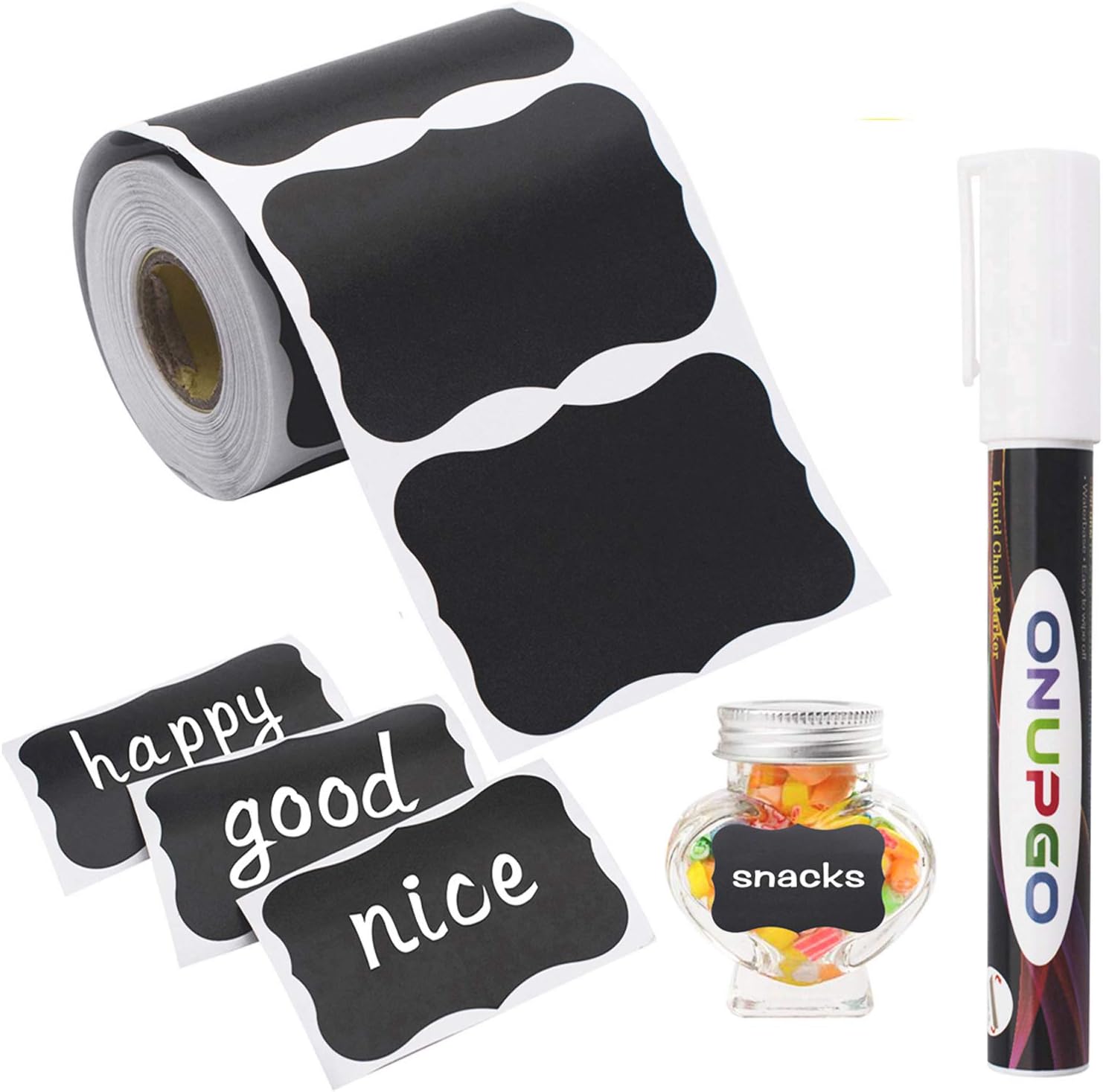
[/su_list] You might not require all of these items, and you might need some other things that we didn’t list. These are just some of the basics that you’ll need to start your own home Apothecary.
In the next section, we’ll talk about the different ingredients you’ll need and what they may symbolize.
Herbs to Start Your Own Home Apothecary
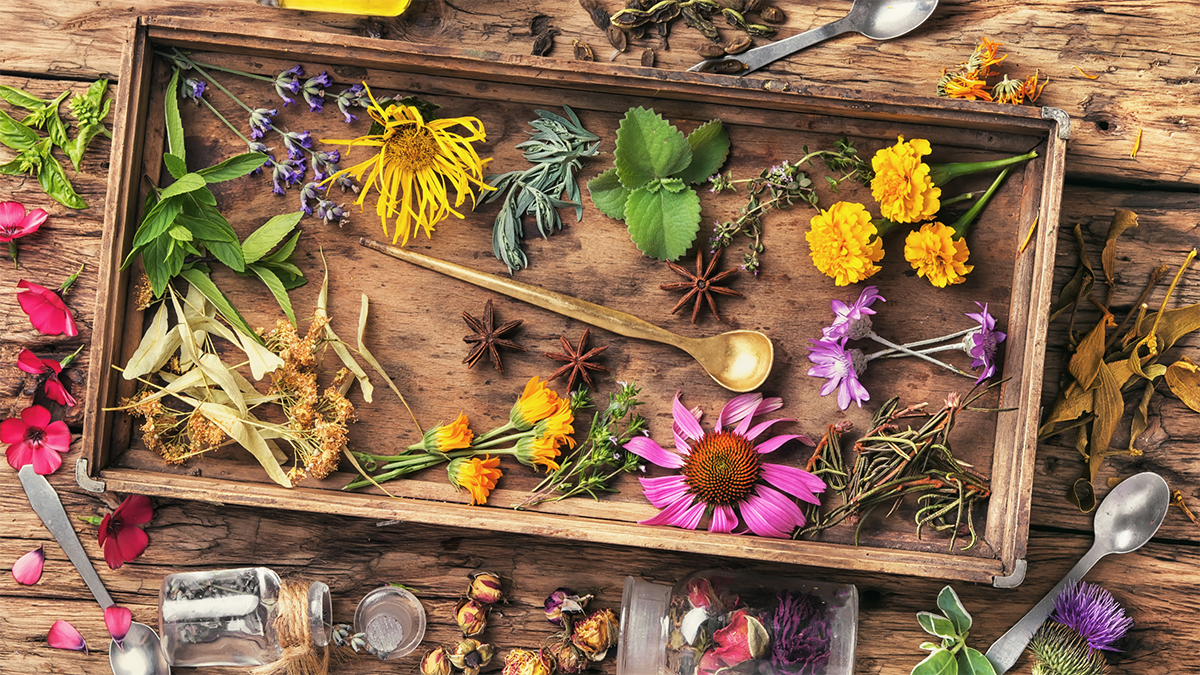
While the list we’re about to provide is in no way exhaustive, these are some basic items that should be easily accessible. You may even be able to grow some of these in your own garden if you have the space.
- Rose petals – You can grow your own roses, then dry your own petals and store them. Roses in mixtures can symbolize love, purity, balance, and healing. They’re great for teas, tinctures, and salves, and they have antimicrobial and anti-inflammatory properties.
- Lavender – Easy to grow or forage, lavender has many uses, such as calming effects and insight into romantic situations. It may be used for headaches and exhaustion.
- Chamomile – Commonly used in teas for its calming effects, chamomile may symbolize wisdom and patience in rituals, and it may help with gastrointestinal distress, inflammation, and allergies.
- Sage – Great for cooking as well as apothecary and spell work, sage is essential for long life, purity, and wisdom. It has long been used for pain relief, inflammation, and skin conditions.
- Cedar – If you’re lucky, you’ll live in an area where gathering cedar is easy and free. Cedar symbolizes protection, cleansing, prosperity, and healing, and it has been used for anti-inflammatory properties.
- Calendula – You often find this as an ingredient in salves, and that’s for good reason – it’s been used for moisturizers, infection, fever reduction, anti-fungal treatments, and skin conditions. It can also symbolize joy and affection.
- Elderberry – You may have seen elderberry as an added ingredient to incorporate antioxidant, anti-inflammatory, and immune stimulation properties. Elderberry can symbolize rebirth and renewal for ritual work.
- Yarrow – This herb is frequently considered a weed, but it’s long been used by traditional cultures for many things, including anti-inflammatory, decongestant, and antimicrobial properties. Yarrow may symbolize love and healing.
- Lemon balm – Not only does lemon balm smell nice, but it’s also been recognized for its antiviral and antidepressant properties. Lemon balm symbolizes balance, focus, and renewal.
- Juniper – A symbol of protection, cleansing, and strength, juniper has been associated with medicinal usages like diuretics and antiseptics. It has also been used for autoimmune disorders.
Creating Your Own Home Herbal Apothecary
Once you’ve gathered your ingredients and your tools, you can now start creating your own tinctures, salves, infusions, teas, and more. Like any kind of medicine, not all of these items may work for you, so you’ll likely have to engage in a little experimentation to find what works best.
In addition to your herbs and tools, you’ll need some different carrier mediums to create your concoctions. Carrier oils like olive, avocado, grape seed, jojoba, almond, sesame, and aloe vera oils are items you should keep on hand for infusions. Additionally, shea butter, honey, and beeswax will help you create other things as well.
It’s vital that you research each of your ingredients to know how to prepare them properly for maximum effect and eliminate any negative effects improperly prepared ingredients might have.
Apothecary Recipes

Toner with Lavender and Juniper
Ingredients
Equipment
Instructions
- Pour your witch hazel into a small saucepan. Turn the heat to low, and heat until medium warm, but not boiling.
- While heating the witch hazel, crush the lavender and the juniper berries. Add the herbs to the witch hazel, turn down the heat, and let the mixture steep for five to seven minutes.
- Then, remove the mixture from the heat and let it come to room temperature. Strain the mixture with the mesh strainer, and then store it in a colored, airtight bottle, being sure to label the mixture with the ingredients and the date.

Salve with Calendula
Ingredients
Equipment
Instructions
- In a saucepan over medium heat, add your carrier oil of choice. Once hot but not sizzling, add in your handful of calendula petals and turn down the heat, allowing the mixture to steep for up to ten minutes.
- Strain the oil, being sure to clear it of calendula petal pieces. Add the oil back into the saucepan and add in the beeswax, allowing it to heat until melted fully. Stir the mixture to fully combine, and remove it from the heat.
- Before hardening, pour it into a metal container, being sure to label it with the ingredients and the date.

Elderberry Syrup
Ingredients
Instructions
- Add water and elderberries to a saucepan. Bring the combination to a boil, and then reduce the heat to a simmer.
- Continue to heat until the mixture has been reduced by half of its original volume. Take the mixture off the heat and strain it to remove the elderberries. Return the liquid, roughly two cups, and the honey to the saucepan and heat until the water and honey combine.
- Remove the mixture from the heat, allowing it to reach room temperature. Store in a bottle and refrigerate.
Start Your At-Home Apothecary
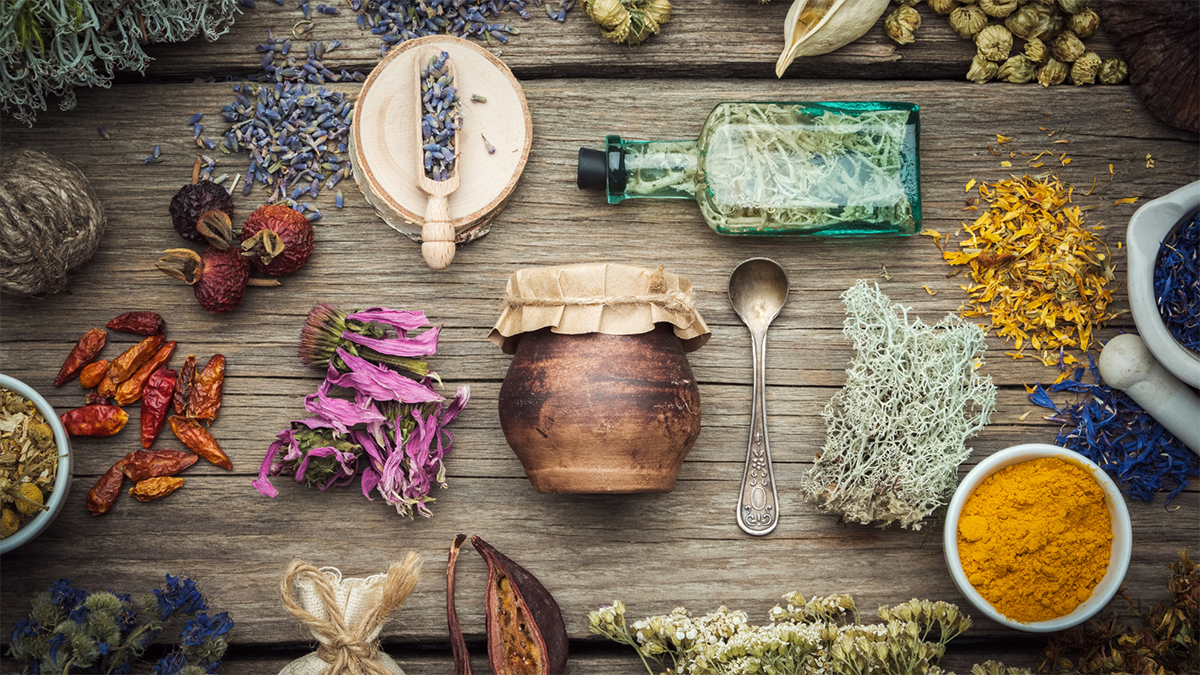
Here at NamaSlay Crew, we’re all about female empowerment, and diving into the world of apothecary connects you with the ancient women who sought to become healers and physicians. In time, with some trial and error as well as a little research, you’ll be able to begin creating your own at-home remedies for everyday ailments. Naturopathic remedies can be extremely beneficial when paired with modern medicine, giving you the best of both worlds while allowing you to tailor your brews to your needs.
For more healing recipes and ideas on how you can add more holistic wellness into your life, be sure to subscribe to our newsletter. We’ll let you know when we have something new to share!
We hope you have fun making your at-home apothecary!
References :
- Wikipedia Contributors. (2024, January 31). Apothecary. In Wikipedia. Retrieved January 31, 2024, from https://en.wikipedia.org/wiki/Apothecary#:~:text=From%20the%2015th%20century%20to,formed%20in%20London%20in%201180.
- Countway Library of Medicine. (n.d.). Eighteenth-Century England. In Apothecary Jars: History and Uses. Retrieved January 31, 2024, from https://collections.countway.harvard.edu/onview/exhibits/show/apothecary-jars/eighteenth-century-england
- Bais, S., Gill, N. S., Rana, N., & Shandil, S. (2019). A phytopharmacological review on a medicinal plant: Juniperus communis. International Scholarly Research Notices, 2019, Article ID 5181721. Retrieved January 31, 2024, from https://www.ncbi.nlm.nih.gov/pmc/articles/PMC6726717/#:~:text=Juniper%20berries%20or%20extract%20of,of%20gastrointestinal%20and%20autoimmune%20disorders.
